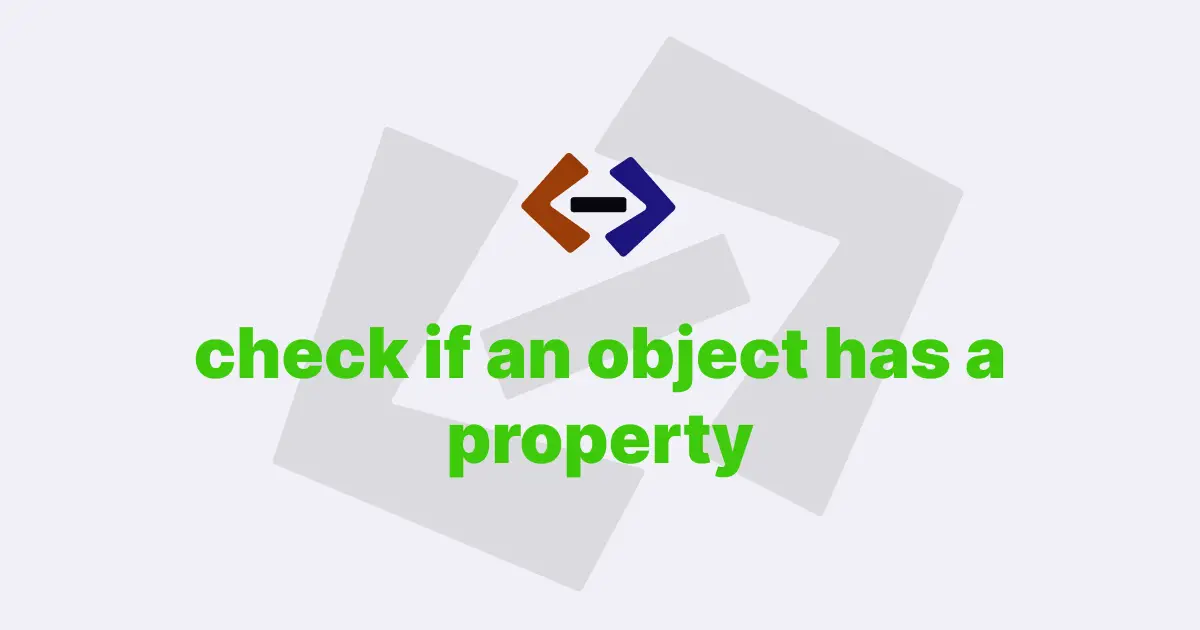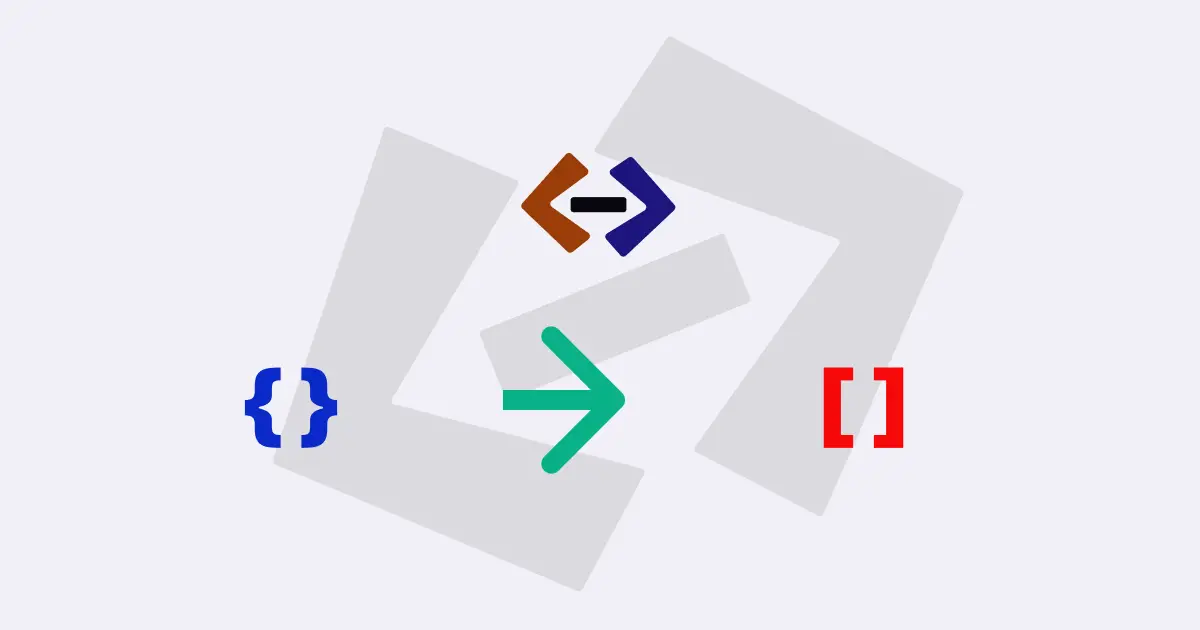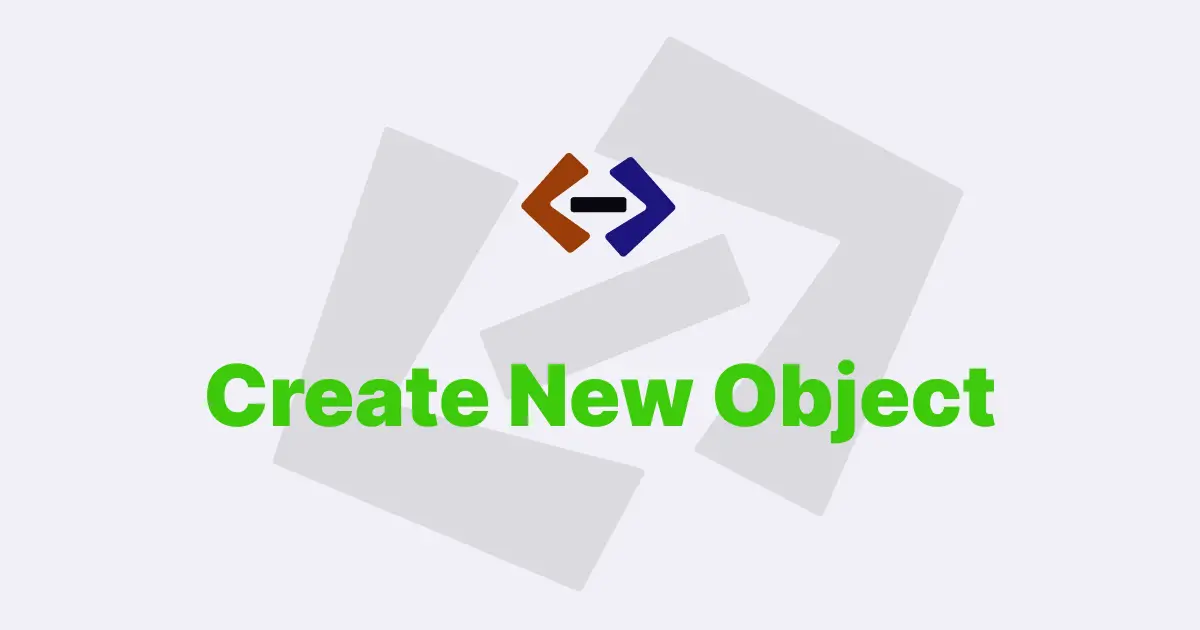To compare two objects in JavaScript, you can use the === operator, which compares the object references rather than their contents.
This means that two objects with identical content will be considered different if they are not the same object reference.
For example:
const obj1 = { a: 1, b: 2 };
const obj2 = { a: 1, b: 2 };
const obj3 = obj1;
console.log(obj1 === obj2); // false
console.log(obj1 === obj3); // trueIn this example, obj1 and obj2 have the same content, but they are different object references, so the comparison obj1 === obj2 returns false. On the other hand, obj1 and obj3 are the same object reference, so the comparison obj1 === obj3 returns true.
If you want to compare the contents of two objects, you can write a custom function that checks each property recursively.
For example:
function isEqual(obj1, obj2) {
if (Object.keys(obj1).length !== Object.keys(obj2).length) {
return false;
}
for (const key in obj1) {
if (obj1.hasOwnProperty(key)) {
if (typeof obj1[key] === "object" && typeof obj2[key] === "object") {
if (!isEqual(obj1[key], obj2[key])) {
return false;
}
} else if (obj1[key] !== obj2[key]) {
return false;
}
}
}
return true;
}
const obj1 = { a: 1, b: { c: 2 } };
const obj2 = { a: 1, b: { c: 2 } };
const obj3 = { a: 1, b: { c: 3 } };
console.log(isEqual(obj1, obj2)); // true
console.log(isEqual(obj1, obj3)); // falseIn this example, the isEqual function compares each property of obj1 and obj2 recursively, and returns true if they have the same content.
Thank you for reading, and let’s have conversation with each other
Thank you for reading my article. Let’s have conversation on Twitter and LinkedIn by connecting.


